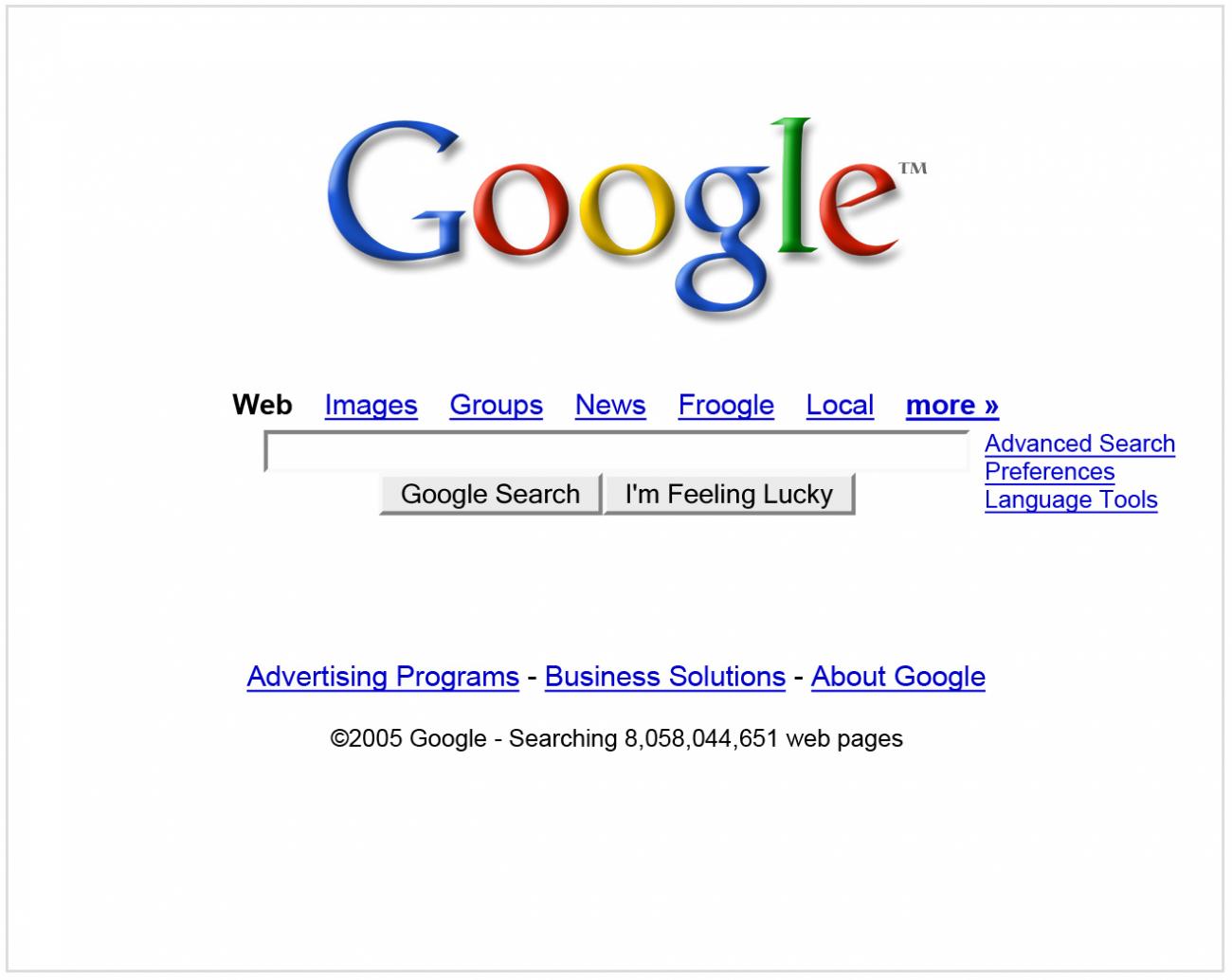The most recent survey from BasicLocal shows that 84 percent of consumers trust online reviews as much as personal recommendations. So when you receive a bad online review, you might feel anxious and panicky.
Most businesses will receive a poor review from an irate customer from time to time. When it happens, your first instinct may be deny, deny deny, but really, that could end up hurting your reputation more than the bad review.
“Screwing up is not a bad thing,” Gee Ranasinha, CEO of small business marketing agency Kexino, “but how you address that screw up is what separates a reputable company from everybody else.”
Here’s how to handle a bad review and come out looking better for it.
Get the Full Story First
When a bad review is posted to Google or Facebook, work backward to determine who the customer was and what happened. Check out the poster’s profile, if possible, or cross-match the poster’s name with recent sales receipts.
Once you’ve determined the customer, go to your sales associate and ask for his or her side of the story. Listen closely and don’t yell at your associate. Shane Miller, CEO of Doeer Furniture, says most of the bad reviews posted to the company site arise from a misunderstanding, not poor customer service.
Respond and Apologize
Some showrooms respond to bad reviews by burying their heads in the sand and ignoring them, but this won’t make the review go away. The best way to handle a bad review is to respond to it.
“It’s been made in a public way,” Ranasinha says. “It should be addressed in a public way.”
By responding, you’re showing future customers that you care about good customer service and that you’ll go the extra mile to make a customer happy. Whatever you do, don’t delete the review, Ranasinha warns.
The first thing you should do is apologize. Even if you know your associate was not at fault or you know the customer was in the wrong, apologize first. Your customer will appreciate that you’re willing to take responsibility and work to make the situation right again.
Apologizing is also a good way to diffuse an irate customer, and it makes your company look better if the customer continues to berate your company.
Offer to Speak Privately
Online reviews can spiral out of control quickly. Even if your response is perfectly polite and reasonable, some customers will continue to be combative. You don’t want to get into a public discussion of a private matter where everyone can see and weigh in.
Provide your personal contact information in your response and offer to speak with the customer in private. This gets the conversation off a public space and to a place where you can apologize in private and work to make the situation better.
Never get into an online “shouting” match with an angry or upset customer. Even if you’re right, you won’t win the argument, and you may discourage other customers from visiting your showroom once they know how you handle complaints.
A bad review isn’t the end of the world. In fact, no bad reviews can make your business untrustworthy. Monitor Google, Yelp and other review sites and respond respectively when you receive a bad review. You may end up winning rather than losing more customers based on your superior customer service.







